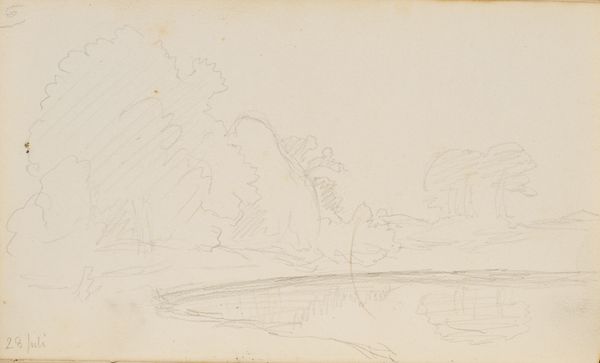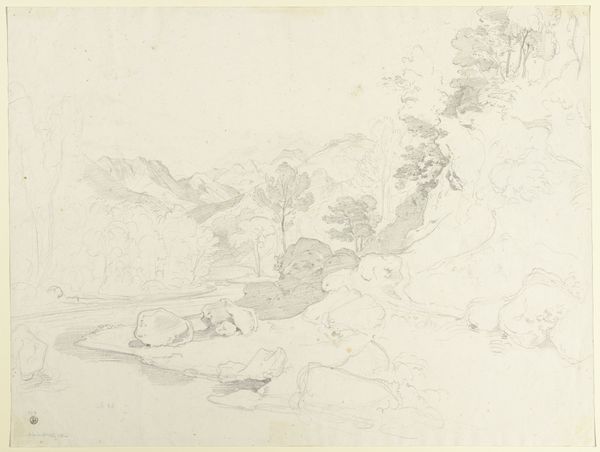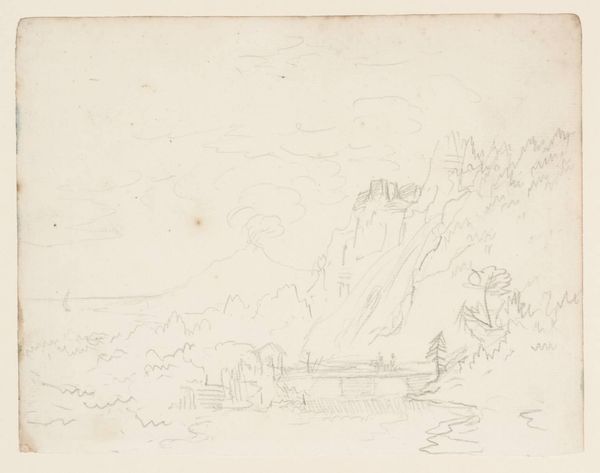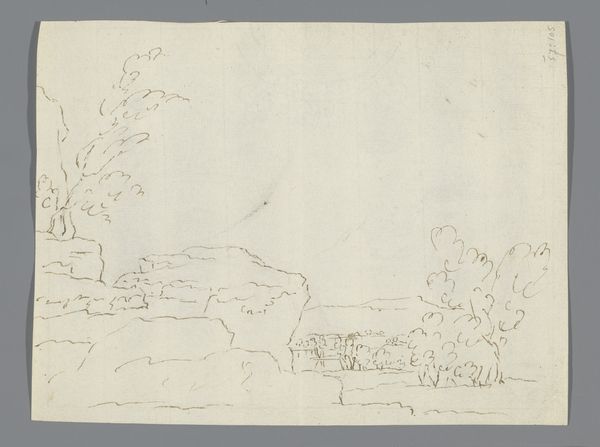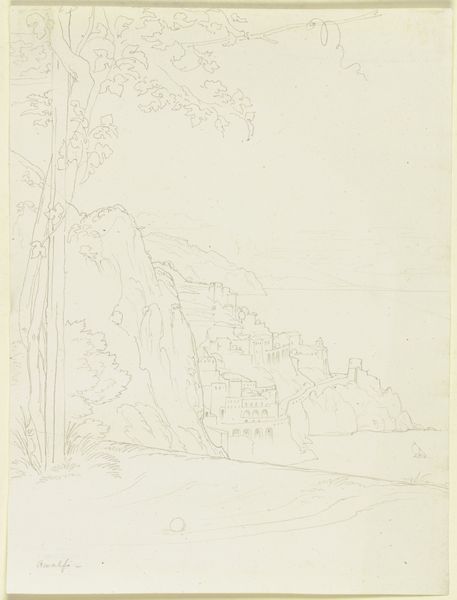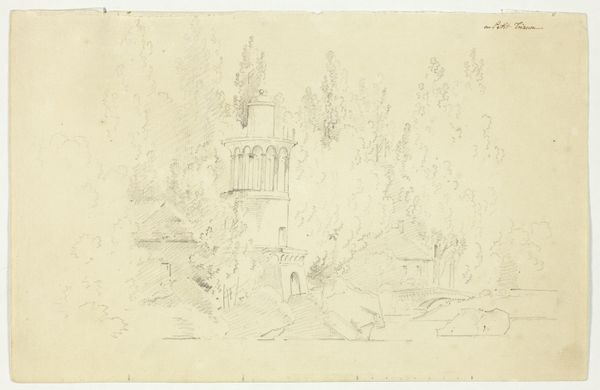
drawing, pencil, architecture
#
drawing
#
landscape
#
classical-realism
#
form
#
romanticism
#
pencil
#
line
#
architecture
Copyright: Public Domain
Editor: This delicate pencil drawing, possibly from 1829, is titled *Trümmer eines Tempels in Selinunt* and was created by Friedrich Maximilian Hessemer. It feels incredibly melancholic to me. What strikes you most about it? Curator: I’m interested in the act of depiction itself. Why record these ruins? Romanticism was fascinated with ruins, certainly, but also with how the past informed the present, and how images shape our understanding. How does Hessemer choose to frame Selinunt? Editor: You mean, is it just documentation or is he trying to say something more? Curator: Precisely. Think about who gets to decide which ruins are worth preserving, or worth depicting. The artist is making a statement simply by choosing this subject and framing it in this way, engaging with the power structures that prioritize certain histories over others. He isn’t just showing us some stones, he is reminding of a social order. What kind of "eye" do you think Hessemer had when approaching these ruins? Editor: I hadn't really considered that. Maybe an eye that seeks to capture not just the aesthetics of the scene but also its historical and cultural implications? I now feel the sense of not only seeing what the artist intended, but also its relationship to its own time. Curator: And beyond that, how that image circulates now. We're part of that ongoing conversation about Selinunt's legacy and its place in our understanding of history. It speaks of art and history not in isolation, but always linked with human interpretation and politics. Editor: I'll never see landscape drawings the same way! Thank you. Curator: My pleasure. The power of ruins remains strong!
Comments
No comments
Be the first to comment and join the conversation on the ultimate creative platform.




